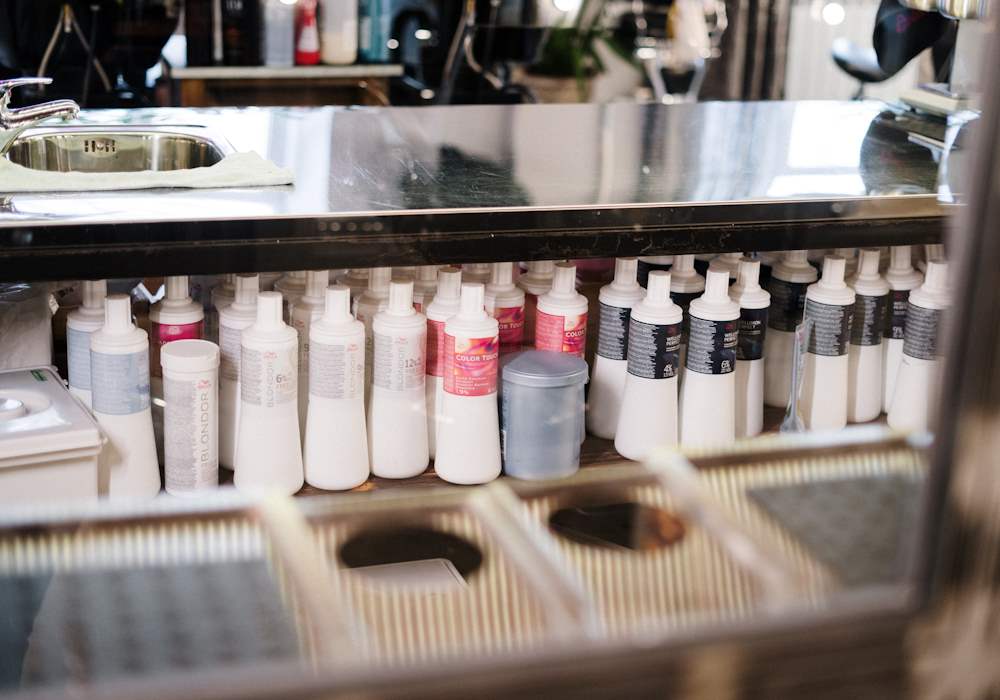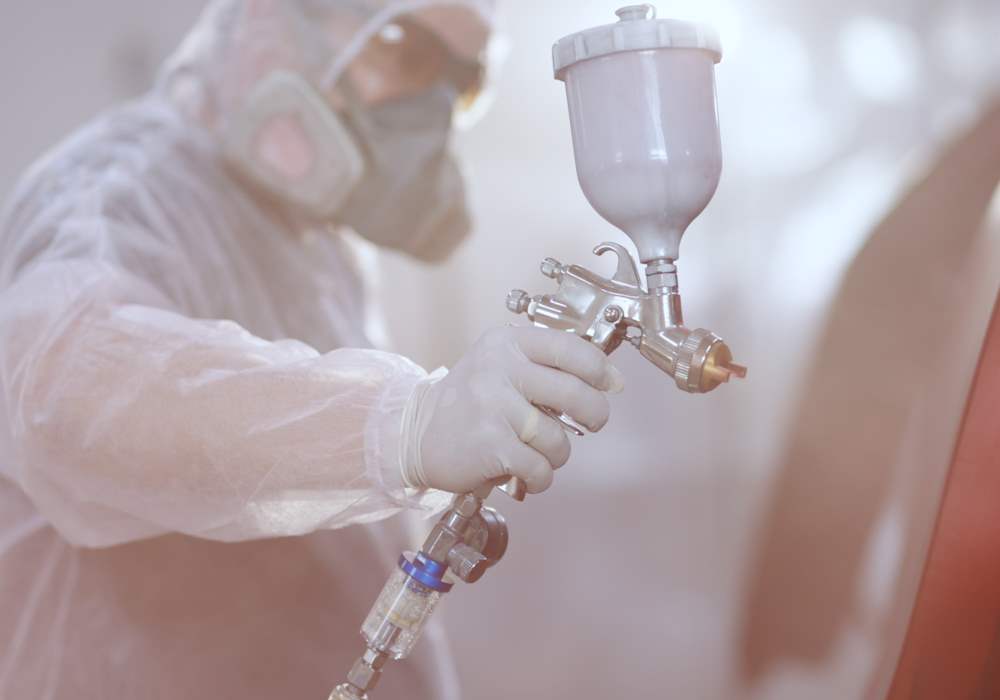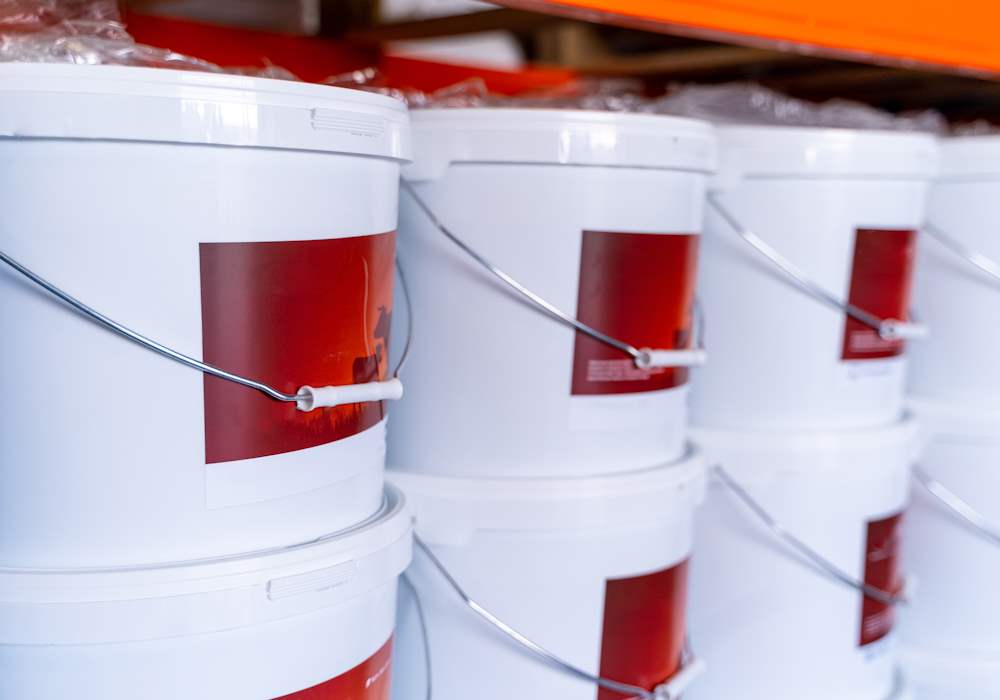According to a flyer published by the EPA, certain practices should be adhered to when working in a paint mixing room. Below is a summary of these best practices, and our thoughts on the points as well.
1) Keep Containers Covered
The EPA recommends always putting the lid back on any opened paint containers. Solvents and paints contaminate the air when uncovered, and in reverse, air also contaminates the paint. By covering the container, you minimize the harmful vapors that leak into the air. And since paint and solvents evaporate, you can save money by keeping the lid on them.
2) Install A Ventilation System Or Buy A Prefabricated Mixing Room
Many mixing rooms in factories have become mixing rooms by default – it’s just where people have historically mixed paint. That’s why they are often poorly ventilated posing a safety risk and a threat to the employees’ health. If your company has one of these, it is recommended you install a good ventilation system that will pull vapors away from work stations.
A good prefabricated mixing room will already have a ventilation system built in. These units come in a wide range of sizes and layouts, and can put positioned anywhere in the plant. A prefab paint mixing room manufacturer will know and follow the requirements; such as, all electrical equipment in the paint mixing room (e.g., switches, ventilation fans, lights, telephones) should be approved for Class I, Division 1 (explosive) environments.
3) Wear Air-Purifying Respirators
Paint mixing rooms, are loaded with materials that generate vapors. An employee wearing a respirator is less likely to inhale harmful fumes. An air purifying respirator with organic vapor cartridges will provide enough protection for most mixing rooms.
It is recommended to make sure the respirator forms a tight seal on the face; a “fit test” can be performed by a professional to assure the seal is working. Also, the cartridge should be changed regularly as specified by the manufacturer; once the cartridge is saturated with vapors, it stops providing protection.
4) Wear Chemical-Resistant Gloves, Clothing, And Eye Protection
Your skin and eyes need protection from hazardous paint materials. Chemicals in coatings and solvents
can irritate the skin and seep into the body causing damage to the lungs and other organs. Make sure to use the right kind of chemical-resistant gloves and paint suits to get protection from the harmful effects of the materials being processed.
Note: Latex most likely will not protect from the chemicals handled in a paint mixing room; Gloves should be nitrile or butyl rubber. Remember to follow recommended change schedules since gloves have a limited life span. And it goes without saying, torn gloves should never be used.
Eye protection should not be overlooked. A full-face respirator will provide eye protection, however, if using a half mask, goggles or a face shield should be worn. These will keep toxic chemicals from splashing into the eyes, and will keep the mixer from rubbing their eyes with contaminated hands. An eye wash station should be nearby.
5) Practice Waste Reduction
Efficient use of paints and solvents means being careful with the amount of paints prepared for each job. If too much is mixed on a regular basis, the cost of the materials will be more than it needs to be and the cost of waste removal is elevated as well.
It is recommended that mix only the right amount of paints and coatings is mixed. High-volume, low-pressure spray guns transfer paint much more efficiently than conventional guns. Far less paint needs to be mixed and used. Another good practice is to reuse left-over primers and basecoats.
6) Use An Automated Gun Cleaner
An automated gun cleaner improves health and safety in your mixing room, and also saves money. These devices help you get the most from your cleaning solvent. They reduce waste and minimize contact with hazardous solvents.
Note: Before placing a spray gun in the gun cleaner, remove gross coating contamination from the cup. This will extend the life and effectiveness of the cleaning solvent used in the unit.
Production Systems offers many options for paint mixing rooms and can help you in designing the mixing room that best fits your company’s needs. Contact us to learn more.




